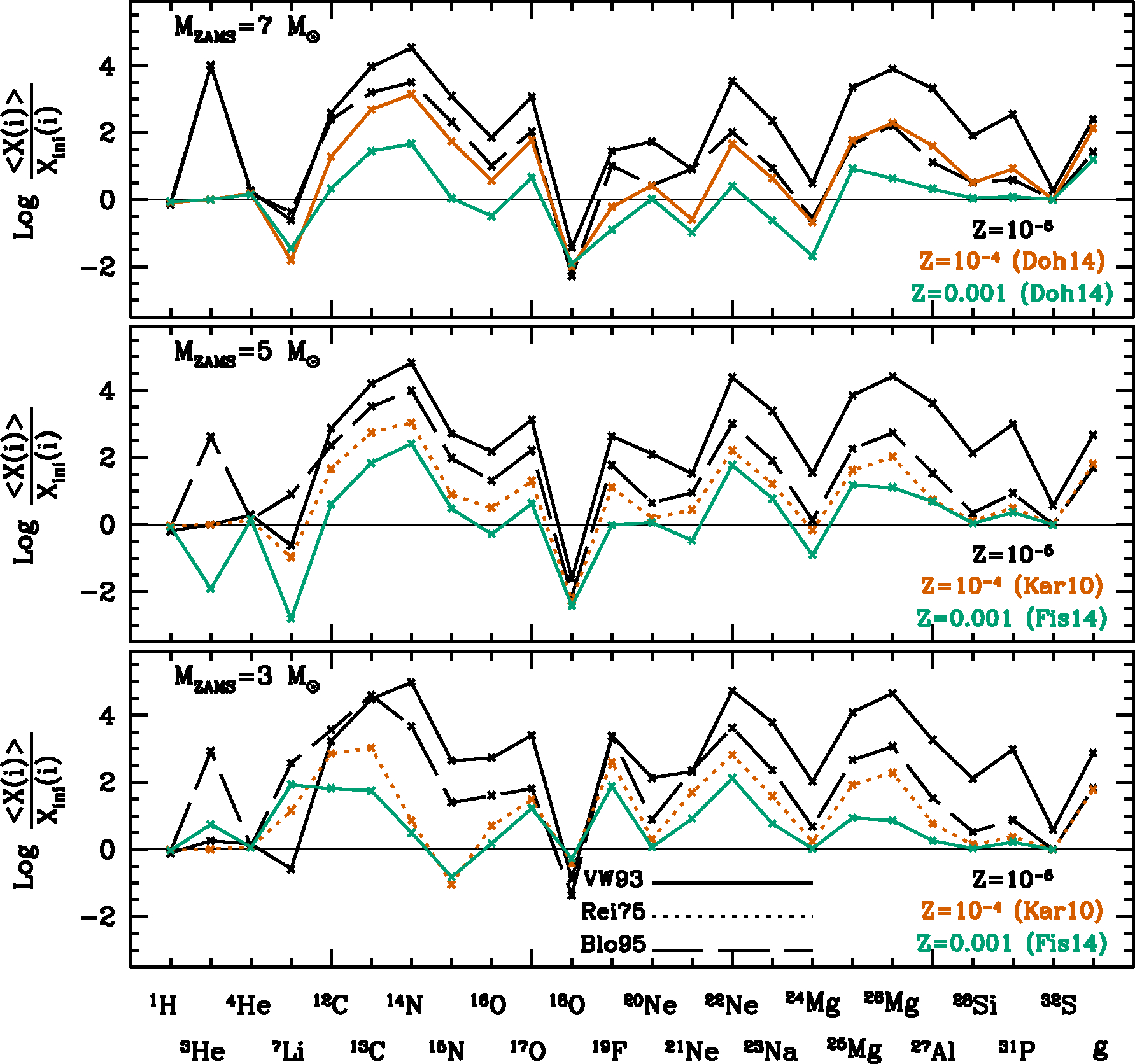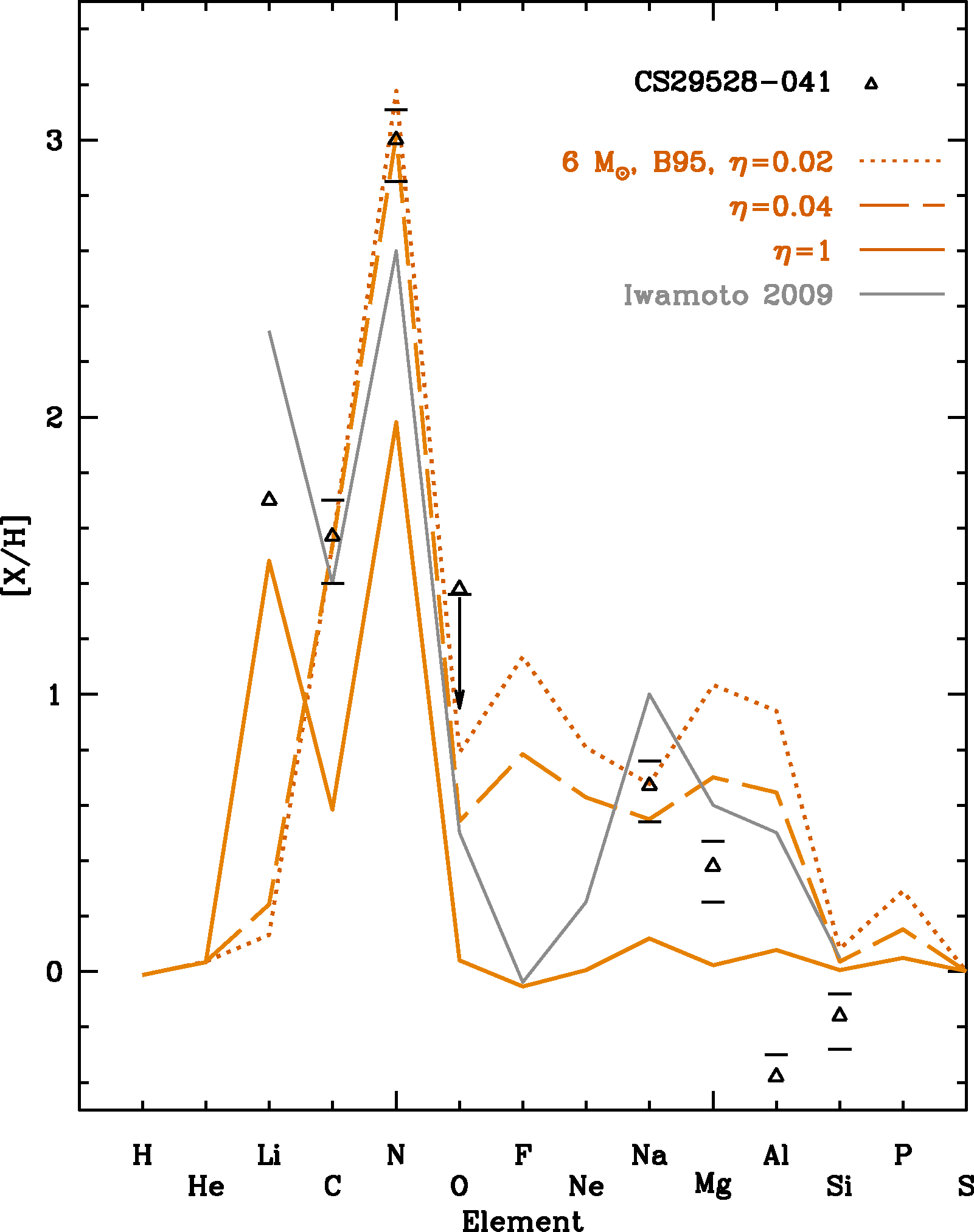My research activities
Currently I am working as Associate Professor at Departament de Física at Universitat Politècnica de Catalunya.
I graduated in Physics at Universitat de Barcelona in June 1998, and defended my PhD. thesis in Computational and Applied Physics in March 2003 at Universitat Politècinca de Catalunya.
Research interests
Astrophysics
This is the abstract of the research project proposal to the Spanish Ministry of Science, which was accepted in June 2020. It pretty much summarizes my main research interests in the field of astrophysics.
Understanding the evolution and nucleosynthesis of the most ancient stars is a critical part of the big puzzle of the chemical history of theuniverse. Nonetheless, the traditional scarcity of observations of stars at extremely low metallicities (EMP), and the huge uncertaintiesrelated to input physics, restricted the amount of theoretical work devoted to the study of stars at this metallicity range, when compared tothat devoted to their higher metallicity counterparts.We aim to update and widely extend existing results, and to build a consistent grid of models of intermediate-mass EMP stars. Specifically,we will describe the evolution and nucleosynthesis of light elements (up to 77 isotopes) of extremely metal-poor intermediate-mass stars,using different mass-loss rate prescriptions for stellar winds, and different treatments of the mixing of isotopes.We will adapt and use up-to-date stellar evolution and postprocessing codes with which the members of our group have already maderelevant progress in the field. Comparisons to observations will be made using existing databases and the most recent publications. Thiswill allow us to calibrate the free parameters associated to mass loss due to stellar winds and mixing. Models which yield the bestagreement to observations of light elements will be further postprocessed in order to determine their heavy-element yields, which are vitalfor the interpretation of EMP stars enhanced in s- and perhaps in both r- and s- isotopes.Our results are important per-se, as at present, there is not a consistent grid of evolutionary sequences and nucleosynthetic yields in theabove-mentioned mass and metallicity ranges. In addition, existing models, do not properly explore an appropriate range of the uncertaininput physics parameter space, and have a limited capacity to explain observations. Furthermore, new metal-poor objects are detectedeach year, which make us to review our interpretation of the origin of the oldest stars. From the theoretical point of view, our group has theknow-how and up-to-date advanced numerical tools to obtain, for the first time, results for a consistent comprehensive grid of EMP models.Thus, the moment is ripe to assess the contribution of these stars to the chemical evolution of the early universe.
You might be interested in any of the studies I am involved in:
Evolution at very low metallicity: State of the art of the evolution of intermediate-mass stars between the primordial and extremely metal-poor regime. Possible re-onset of thermal pulses at very low-Z. Preliminary results on nucleosynthetic yields. Here is the link to the PDF file: EvoEMP.
Nucleosynthesis in the extremely metal-poor regime. The following results are part of the Astronomy and Astrophysics paper:
Nucleosynthesis down to he primordial regime. The following results are hopefully part of an upcoming Astronomy and Astrophysics paper:
Super-AGB stars.
Space
Working in a polytechnical university, I also participate in space-related projects, mostly related to the development of small satellites and to determination of the density at the thermosphere.
You may see here some of the projects I have been involved in:
Some plots of current work
(hover to enlarge)
Nucleosynthesis in Z=10-5 intermediate-mass stars:

